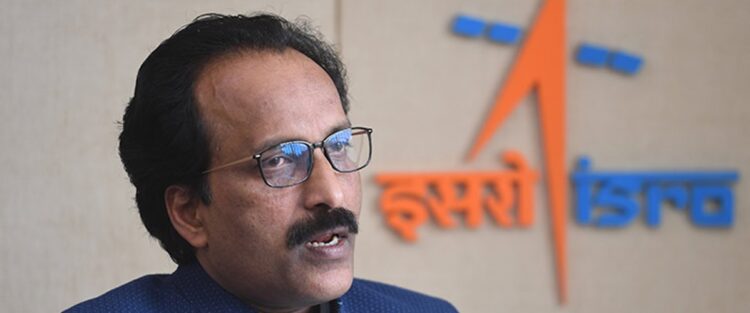The Union Cabinet recently approved four key missions for the Indian Space Research Organisation including Chandrayaan-4. ISRO Chairman Dr S Somanath hailed the cabinet’s decision as giving the organisation wings to fly marking a new era for India’s space exploration efforts. Dr Somanath delved into the specifics of Chandrayaan-4, which has received a budget allocation of Rs 2,104.06 crore. Describing the mission as the natural successor to Chandrayaan-3, he outlined how India’s lunar explorations are advancing step by step.
‘Chandrayaan-3 demonstrated that it is possible for us to soft-land at a designated location on the moon, and the scientific experiments conducted afterwards exceeded our expectations’, said Dr Somanath. He explained further, ‘The next step is to not only go back to the moon but also return safely. Achieving that will require the development of several new technologies, which Chandrayaan-4 will be centred around’.
The Chandrayaan-4 mission will focus on a variety of scientific objectives, including the collection of lunar samples an essential step in broadening the scope of India’s scientific endeavours in space. He affirmed, ‘If India goes to the moon again, we will bring something new’. However, the ISRO chief acknowledged the formidable challenges that lie ahead. Drilling and retrieving lunar samples from diverse locations present significant technical obstacles, primarily due to the robotic nature of the task. He admitted, ‘The process involves drilling the lunar surface to collect samples, which is complicated because it’s a robotic activity. There is always a risk that something could go wrong’.
Dr. Somanath explained that after samples are collected, they must be carefully stored in a specialized container. This container will then need to be transferred to a lander, which will launch from the lunar surface to return the samples to Earth. He added, ‘It’s a multi-layered process but we are confident that we will develop the necessary technologies’.

















Comments